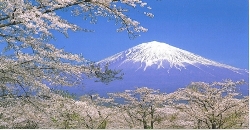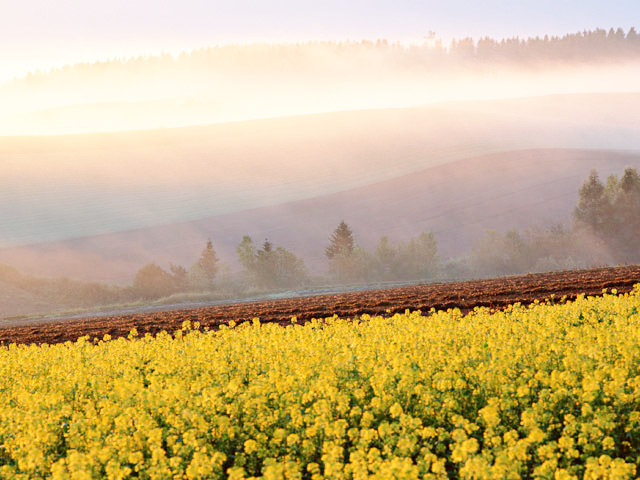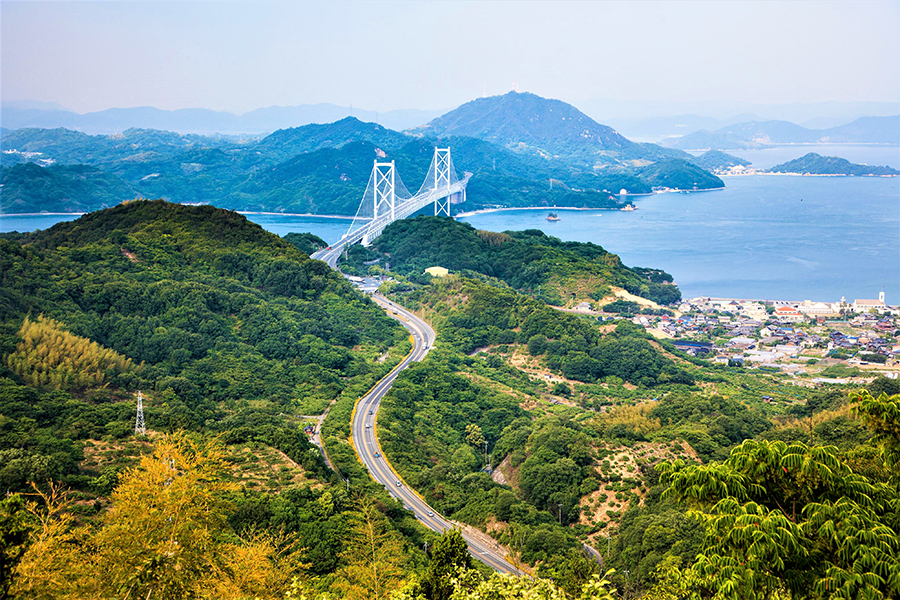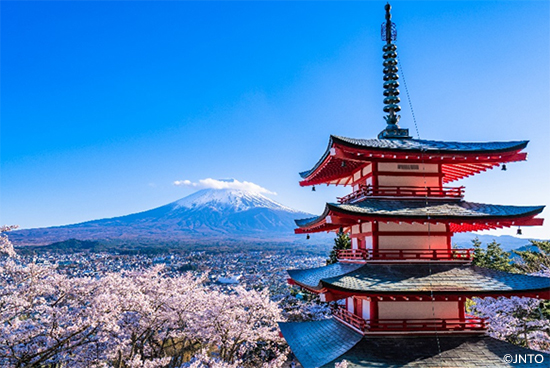
Originating as a fort in the 14th century and enlarged in 1581 by one of Japan's greatest generals, Toyotomi Hideyoshi, to serve as headquarters for one of his military campaigns, the castle acquired its present form in the early 1600s by one of Hideyoshi's generals (and a son-in-law of Shogun Ieyasu Tokugawa). With its three moats, a maze of confusing passageways leading to dead ends (meant to trap unsuspecting intruders), a secret entrance, and drop chutes to rain stones upon enemies, it boasted one of the most sophisticated defense systems in feudal Japan. Today it remains Japan's best example of an original castle, earning it Japan's first listing as a UNESCO's World Heritage Site in 1993.

After his death, Ieyasu Tokugawa seized power and established his shogunate government in Edo (present-day Tokyo). Hideyoshi's heirs, however, had plans of their own, and, confident that Osaka Castle was impregnable, decided to overthrow the Tokugawa regime. In response, Ieyasu sent troops to Osaka, where they not only annihilated the Toyotomi clan but destroyed Osaka Castle as well. Although the Tokugawas subsequently rebuilt the castle, it burned down in 1868 in the shogunate's last attempt to thwart the Meiji Emperor from taking command of the country.
Today's Osaka Castle, built in 1931 and renovated in 1997, is not nearly as massive as the original but is still quite large and impressive. Its eight-story donjon (keep) stands 130 feet high and houses a high-tech museum that highlights the life and times of Toyotomi Hideyoshi and the castle's history.
Two other ferroconcrete replicas I like for the history they represent are Nagoya and Kumamoto castles. Nagoya Castle, built for Ieyasu's ninth son, served as a stronghold and residence for members of the Tokugawa clan for almost 250 years, while Kumamoto Castle sits atop a hill with curving walls topped by overhangs.

For original castles rather than reproductions, best bets are Matsumoto, Matsue, and Matsuyama castles. Matsumoto Castle is a fine example of a feudal fortress, with the oldest existing donjon in the country. Matsuyama Castle, in Shikoku, boasts good views over the city from its donjon and a collection of artifacts relating to the feudal lords of the region, the powerful Matsudaira family. And Matsue Castle, dating from 1611, was the only castle built for warfare on the northwestern shores of Honshu.
The castle I wish still existed was Edo Castle, located in what is now downtown Tokyo. Built in the first half of the 1600s, it was one of the largest castles in the world, with an outer perimeter stretching 10 miles, a series of swirling moats, 23 watch towers, 99 gates, and a five-story black donjon capped with a gold roof.
Today all that remain are a few towers, gates, stone walls, moats, and the donjon's stone foundation. They're surrounded by soaring skyscrapers, today's symbols of power and prosperity.



















































